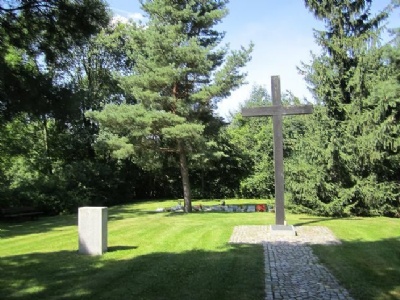Bautzen I
After the Nazis came to power in January 1933, they began imprisoning political opponents and other state enemies all over Germany. These were imprisoned partly in so-called ”wild” concentration camps but also in existing prisons. Such a prison existed in Bautzen, about fourty kilometres east of Dresden. At the end of 1944, about 1600 prisoners were held in prison, about a third more than it was intended for.
Current status: Preserved (2012).
Address: Breitscheidstrasse 4, 02625 Bautzen.
Get there: Car.
Follow up in books: Wachsmann, Nikolaus: Hitler’s Prisons (2004).



After the war, the Soviet Security Service, NKVD, took over the prison in order to imprison and execute critics of the new regime. Those executed are buried in a nearby cemetery (Karnickelberg). In 1950 the prison was handed over to East Germany, which continued to imprison critics of the regime. The prisoners began to call the prison Gelbes Elend (Yellow misery) after the yellow facade of the building. When East Germany collapsed in 1989, all critics of the regime were released. In 1990, the prison was transferred to the Saxon justice ministry and has since been used as a detention centre and prison for long-term convicts. There is another prison in Bautzen called Bautzen II but that was used by the East German Stasi and is today a museum.